
William Clark Gable was an American film actor. Often referred to as the "King of Hollywood", he had roles in more than 60 films in a variety of genres during a career that lasted 37 years, three decades of which was as a leading man. He was named the seventh greatest male movie star of classic American cinema by the American Film Institute.
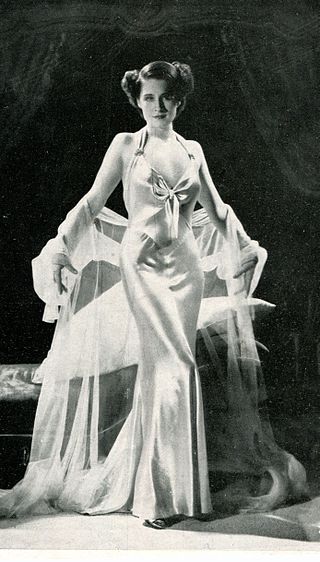
Edith Norma Shearer was a Canadian-American actress who was active on film from 1919 through 1942. Shearer often played spunky, sexually liberated women. She appeared in adaptations of Noël Coward, Eugene O'Neill, and William Shakespeare, and was the first five-time Academy Award acting nominee, winning Best Actress for The Divorcee (1930).
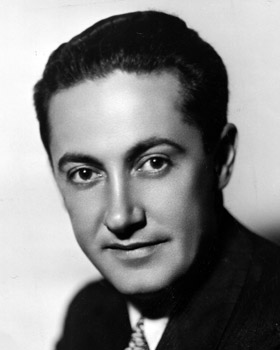
Irving Grant Thalberg was an American film producer during the early years of motion pictures. He was called "The Boy Wonder" for his youth and ability to select scripts, choose actors, gather production staff, and make profitable films, including Grand Hotel, China Seas, A Night at the Opera, Mutiny on the Bounty, Camille and The Good Earth. His films carved out an international market, "projecting a seductive image of American life brimming with vitality and rooted in democracy and personal freedom", states biographer Roland Flamini.

Their Own Desire is a 1929 American pre-Code romantic drama film directed by E. Mason Hopper and starring Norma Shearer, Belle Bennett, Lewis Stone, Robert Montgomery, and Helene Millard. The film was adapted by James Forbes and Frances Marion from the novel by Sarita Fuller; Lucille Newmark wrote the titles. It is also the last MGM film in the 1920s. Shearer was nominated for the Academy Award for Best Actress, but lost to herself for The Divorcee.
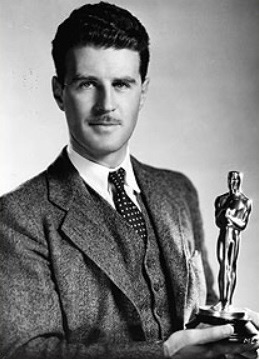
Douglas Graham Shearer was a Canadian American pioneering sound designer and recording director who played a key role in the advancement of sound technology for motion pictures. The elder brother of actress Norma Shearer, he won seven Academy Awards for his work. In 2008, he was inducted into Canada's Walk of Fame.
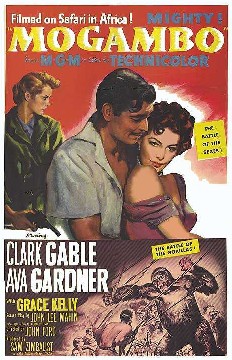
Mogambo is a 1953 Technicolor adventure/romantic drama film directed by John Ford and starring Clark Gable, Ava Gardner, and Grace Kelly, and featuring Donald Sinden. Shot on location in Equatorial Africa, with a musical soundtrack consisting entirely of actual African tribal music recorded in the Congo, the film was adapted by John Lee Mahin from the play Red Dust by Wilson Collison. The picture is a remake of Red Dust (1932), which was set in Vietnam and also starred Gable in the same role.

John Gilbert was an American actor, screenwriter and director. He rose to fame during the silent era and became a popular leading man known as "The Great Lover". His breakthrough came in 1925 with his starring roles in The Merry Widow and The Big Parade. At the height of his career, Gilbert rivaled Rudolph Valentino as a box office draw.
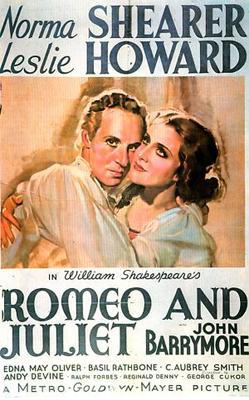
Romeo and Juliet is a 1936 American film adapted from the play by William Shakespeare, directed by George Cukor from a screenplay by Talbot Jennings. The film stars Leslie Howard as Romeo and Norma Shearer as Juliet, and the supporting cast features John Barrymore, Basil Rathbone, and Andy Devine.
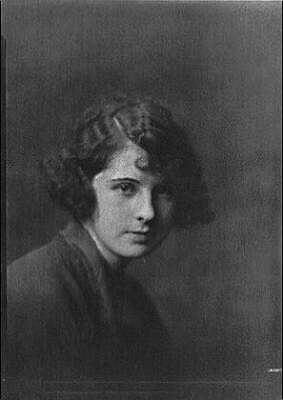
Athole Dane Shearer Hawks was a Canadian-American actress and socialite, who was the sister of motion picture star Norma Shearer and MGM film sound engineer Douglas Shearer.

Pride and Prejudice is a 1940 American film adaptation of Jane Austen's 1813 novel Pride and Prejudice, starring Greer Garson and Laurence Olivier. Directed by Robert Z. Leonard, the screenplay was written by Aldous Huxley and Jane Murfin, adapted specifically from the stage adaptation by Helen Jerome, in addition to Jane Austen's novel. The story is about five sisters from an English family of landed gentry who must deal with issues of marriage, morality and misconceptions. The film was released on July 26, 1940 in the United States by MGM and was critically well received. The New York Times film critic praised the film as "the most deliciously pert comedy of old manners, the most crisp and crackling satire in costume that we in this corner can remember ever having seen on the screen."
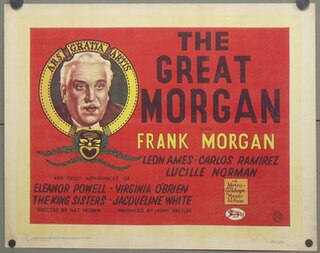
The Great Morgan is a 1945 American musical-comedy film released by Metro-Goldwyn-Mayer. The film is considered one of the more unusual in the MGM canon in that it is a compilation film built around a slight plot line, with a running time of less than 60 minutes.

Leo the Lion is the mascot for the Hollywood film studio Metro-Goldwyn-Mayer and one of its predecessors, Goldwyn Pictures. The logo was created by artist Lionel S. Reiss, who served as art director at Paramount Pictures.
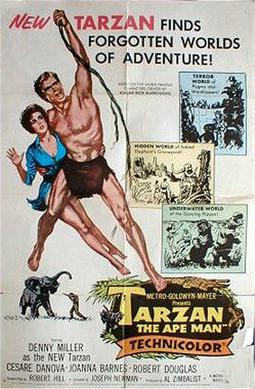
Tarzan, the Ape Man is a 1959 American action adventure film released by Metro-Goldwyn-Mayer starring Denny Miller as Tarzan, Joanna Barnes as Jane, Cesare Danova, and Robert Douglas. The film is loosely based on Edgar Rice Burroughs' novel Tarzan of the Apes, and is a remake of the classic 1932 film of the same name. The film was directed by Joseph M. Newman, and the score was composed by jazz musician Shorty Rogers. MGM would release another remake of the film in 1981.

Sweethearts is a 1938 American Technicolor musical romance film directed by W.S. Van Dyke and starring Jeanette MacDonald and Nelson Eddy. The screenplay, by Dorothy Parker and Alan Campbell, uses the “play within a play” device: a Broadway production of the 1913 Victor Herbert operetta is the setting for another pair of sweethearts, the stars of the show. It was the first color film for Nelson or Jeanette. It was their first film together without uniforms or period costumes.
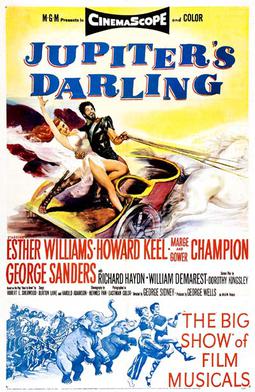
Jupiter's Darling is a 1955 American Eastman Color musical romance film released by MGM and directed by George Sidney filmed in CinemaScope. It starred Esther Williams as the Roman woman Amytis, Howard Keel as Hannibal, the Carthaginian military commander and George Sanders as Fabius Maximus, Amytis's fiancé. In the film, Amytis helps Hannibal swim the Tiber River to take a closer look at Rome's fortifications.
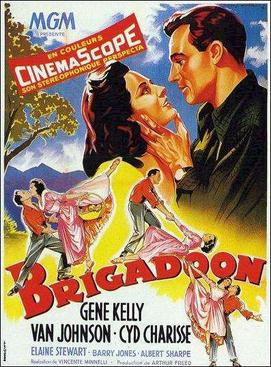
Brigadoon is a 1954 American Metro-Goldwyn-Mayer musical film made in CinemaScope and color by Ansco based on the 1947 Broadway musical of the same name by Alan Jay Lerner and Frederick Loewe. The film was directed by Vincente Minnelli and stars Gene Kelly, Van Johnson, and Cyd Charisse. Brigadoon has been broadcast on American television and is available in VHS, DVD and Blu-ray formats.
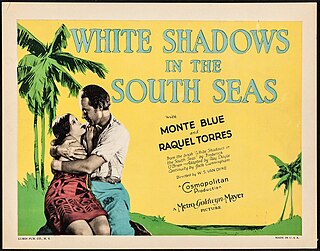
White Shadows in the South Seas is a 1928 American synchronized sound film adventure romance directed by W.S. Van Dyke and starring Monte Blue and Raquel Torres. It was produced by Cosmopolitan Productions in association with MGM and distributed by MGM. While the film has no audible dialog, it was released with a synchronized musical score with sound effects using the sound-on-film Western Electric Sound System process. Loosely based on the travel book of the same name by Frederick O'Brien. This film is important historically for being the first sound MGM film to be released as it featured a pre-recorded soundtrack. Clyde De Vinna won an Academy Award for Best Cinematography.
The Romance of Celluloid is a 1937 short black and white documentary film, narrated by Frank Whitbeck, which goes behind the scenes to look at the manufacture of film and the making of motion pictures. The film was the first of the studio's Romance of Celluloid series which also included:

Another Romance of Celluloid is a 1938 short documentary film, narrated by Frank Whitbeck, which goes behind the scenes to look at how film is developed and processed. The film was produced as a follow-up to the studio's Romance of Celluloid (1937).
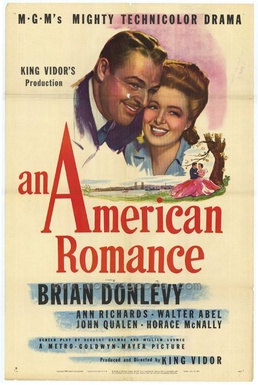
An American Romance is a 1944 American epic drama film directed and produced by King Vidor, who also wrote the screen story. Shot in Technicolor, the film stars Brian Donlevy and Ann Richards and is narrated by Horace McNally. The film is also known as The American Miracle.



















